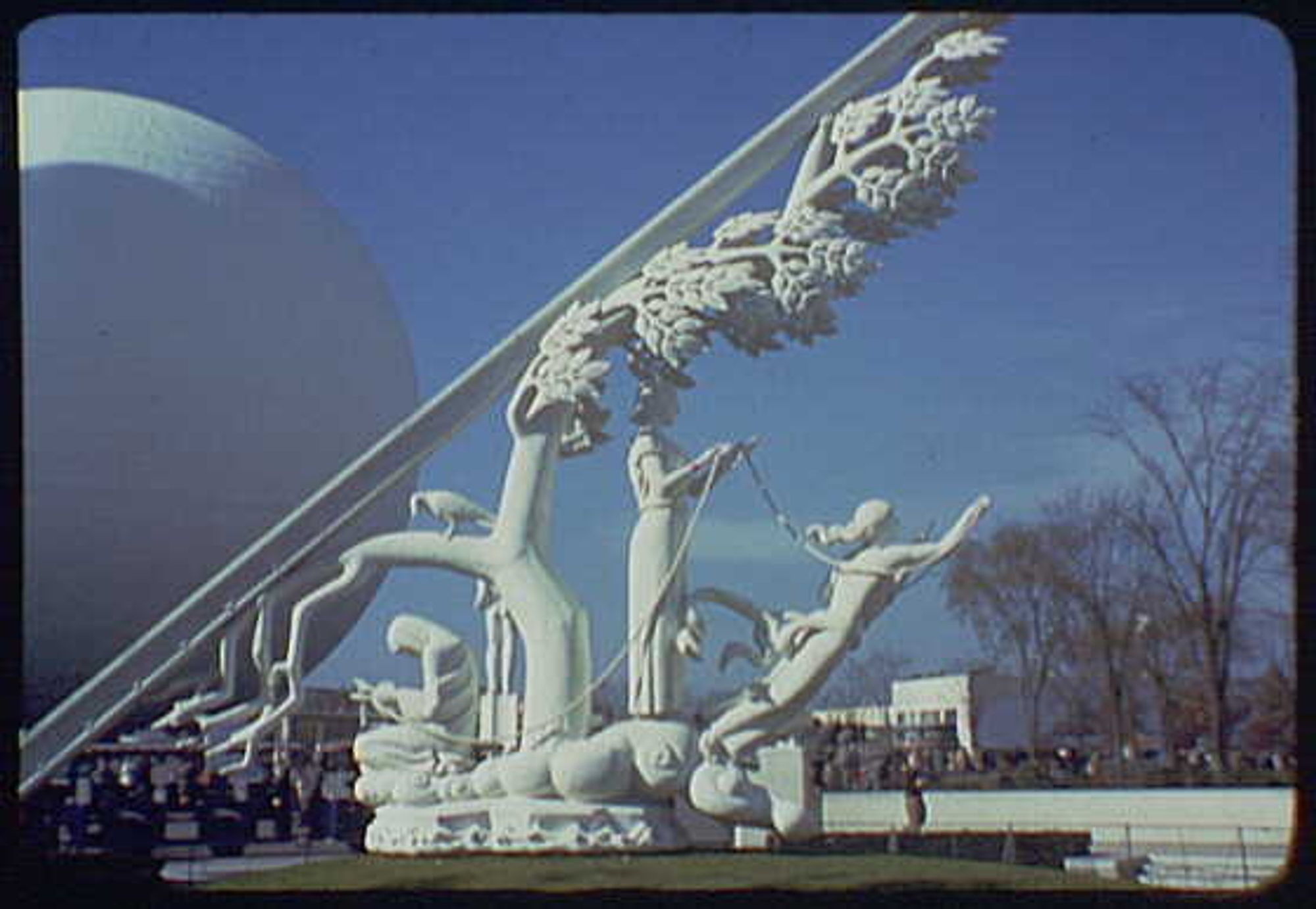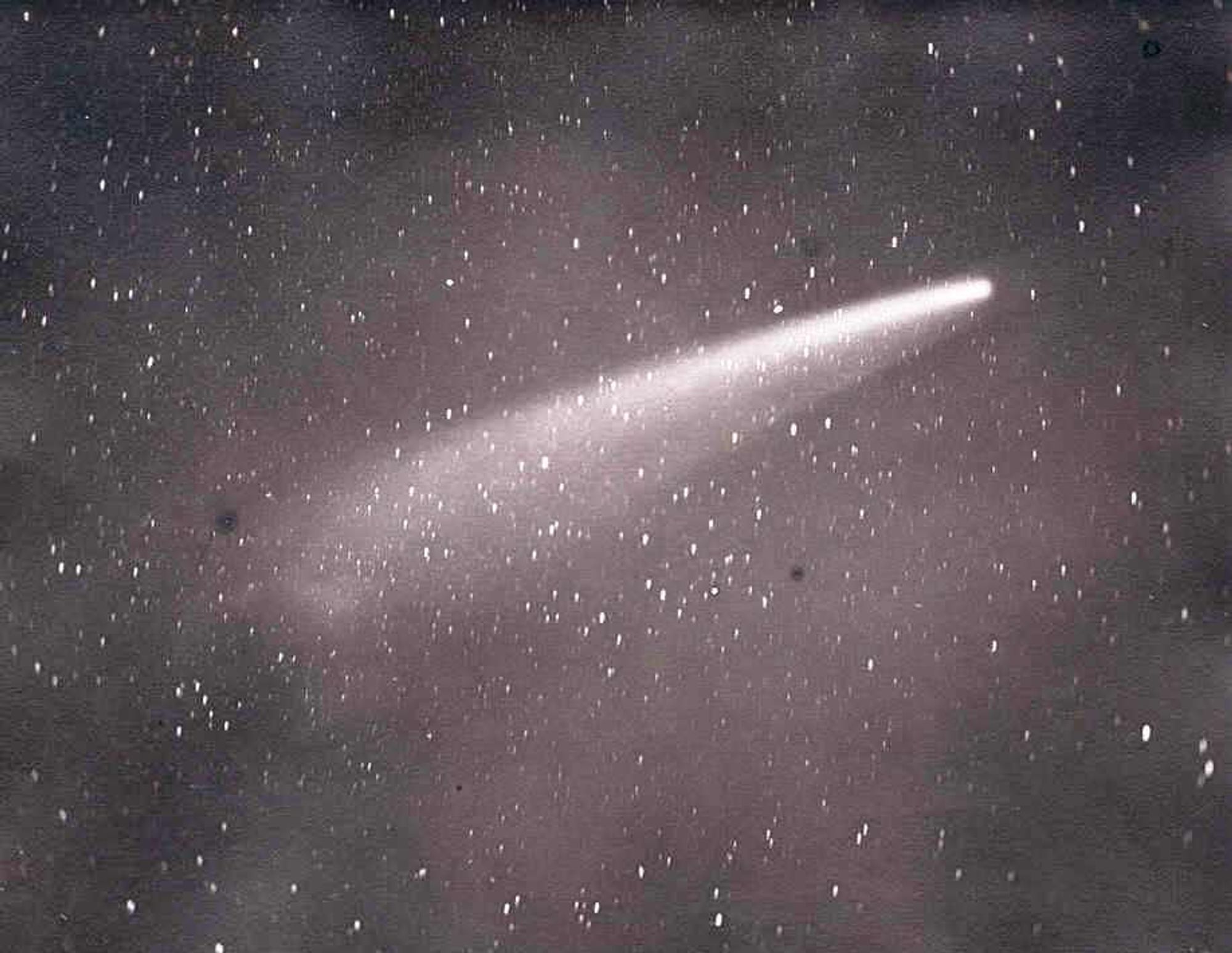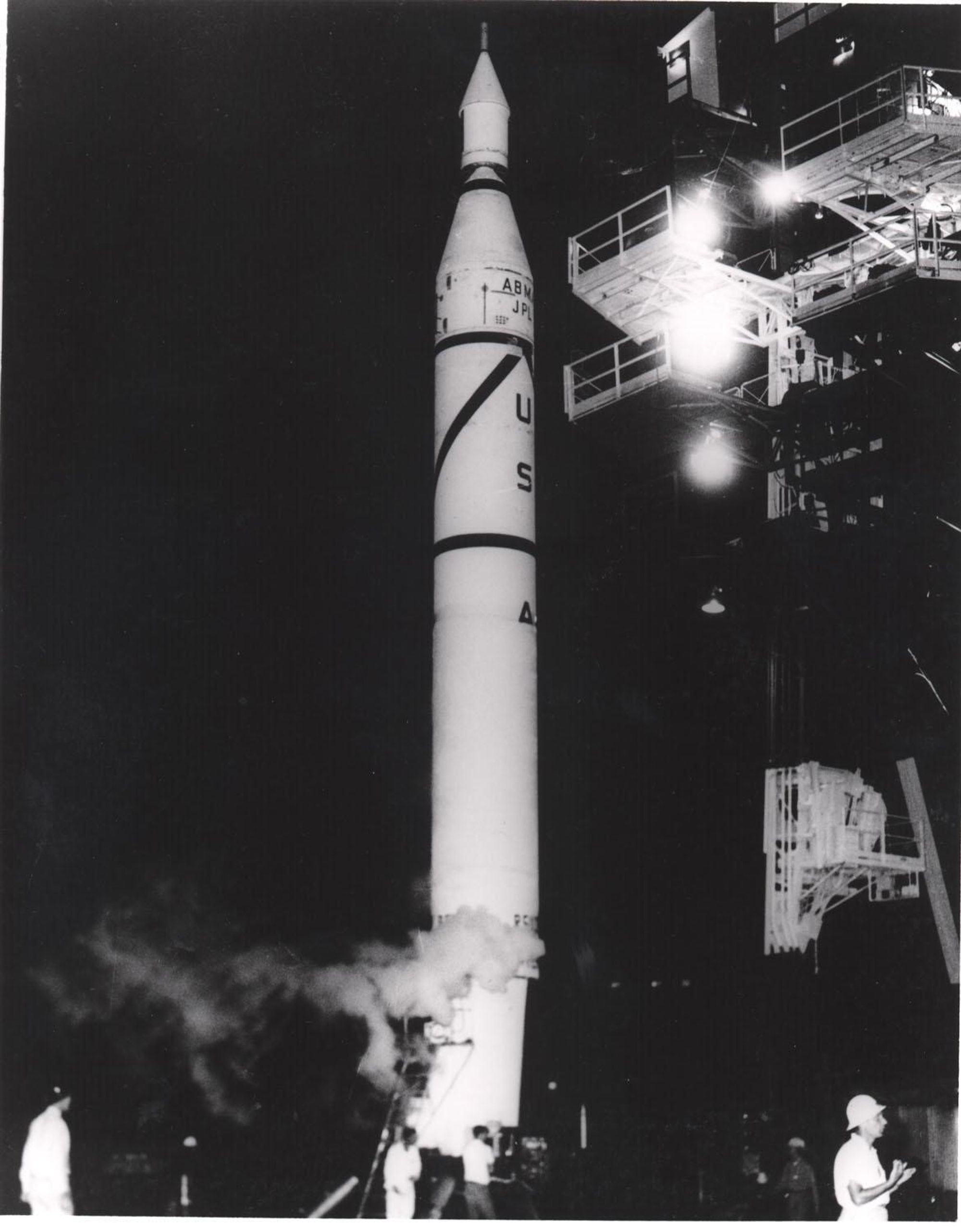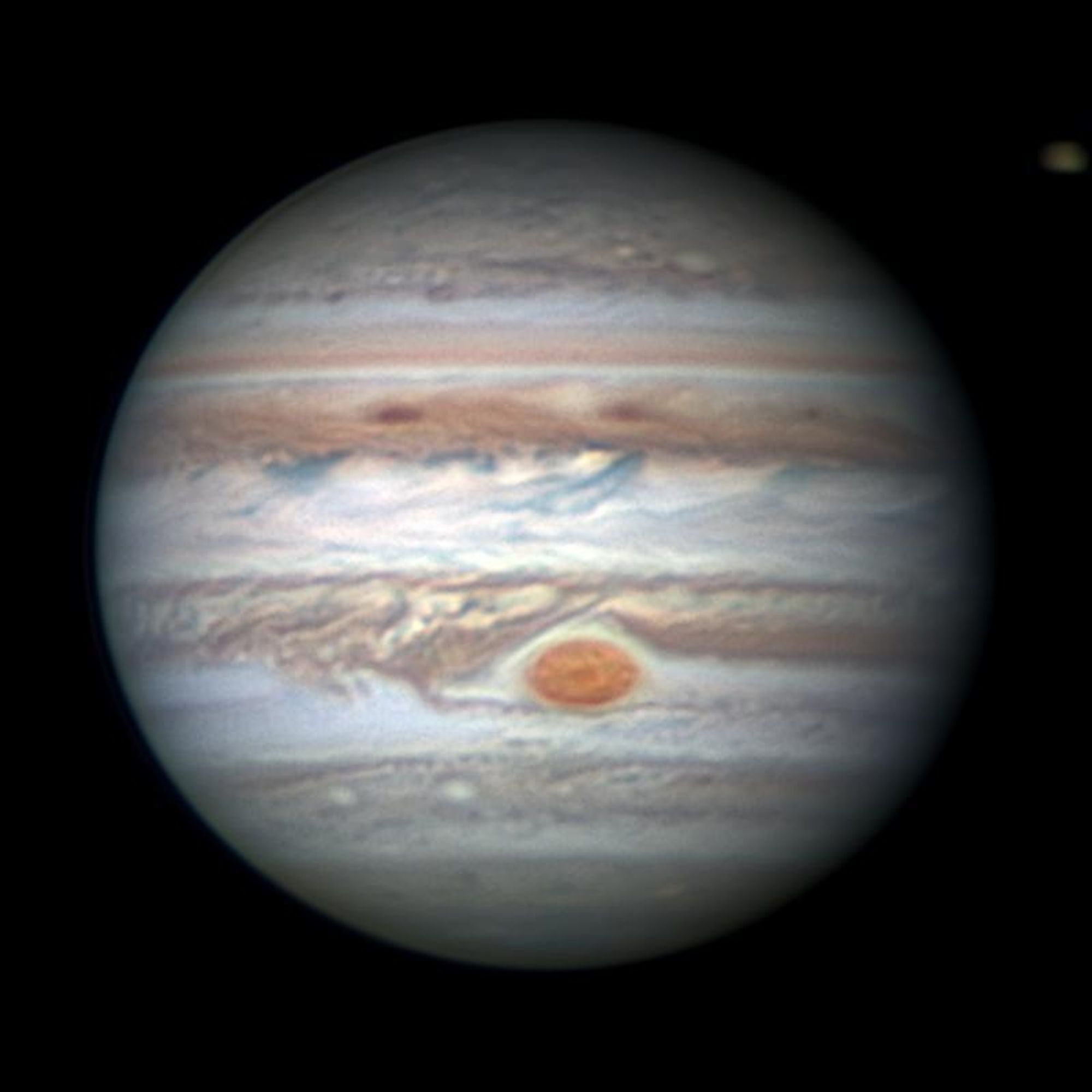Big Apple Sky Calendar: September 2022
In the 1990s, astronomy professor Joe Patterson wrote and illustrated a seasonal newsletter, in the style of an old-fashioned paper zine, of astronomical highlights visible from New York City. His affable style mixed wit and history with astronomy for a completely charming, largely undiscovered cult classic: Big Apple Astronomy. For Broadcast, Joe shares current monthly issues of Big Apple Sky Calendar, the guide to sky viewing that used to conclude the seasonal newsletter. Steal a few moments of reprieve from the city’s mayhem to take in these sights. As Oscar Wilde said, “we are all in the gutter, but some of us are looking at the stars.”
—Janna Levin, editor-in-chief
September 1
Sunrise 6:23 am EDT
Sunset 7:28 pm EDT
September 1
Today the equation of time is zero. Nowadays, probably 90% of astronomy PhDs would have no idea what this even means. But for most of the last thousand years, it would have been elementary to all astronomers, clockmakers, ship captains, navigators, and many ordinary citizens. Why? Because the only really practical and accurate clock in the natural world (larger than atoms/molecules!) is the Sun. Shadows, and more precisely sundials, were the way you could measure time.
Here's how it goes (in the Northern Hemisphere). Roughly speaking, the Sun is directly south, and casts a shadow directly north, at local noon time every day. But there are two reasons why this is not exactly true. One, the Sun moves in an elliptical orbit—fastest when it's nearest to the Earth (in January), slowest when it's most distant (in July). Two, it moves in a plane different from the Earth's equator (by 23 degrees). Sundial-makers usually capture these two small corrections (up to 20 minutes) by etching a little wavy curve called the equation of time. But on this day, the corrections are zero, and the Sun is precisely south at noon!
Well, technically, not quite. More precisely, LOCAL noon. But in 1883, the USA legislated “Standard Time,” which meant that everybody within ~500 miles east-west of a standard longitude (which for us is roughly Philadelphia) must be on that time. NYC is slightly east of Philly, so the Sun is directly south (“crosses our meridian,” to use the lingo) slightly sooner—at 11:56 am EST. Check out your shadow today—that's when it points exactly north. (But remember, there's another purely legislated correction—Daylight Savings Time.)
This all sounds complicated, doesn't it? But shadows are truly the natural way to measure time, and Einstein has taught us—if we didn't already appreciate it—that time is pretty much an equal partner to space in describing our world. We wouldn't fare well in life if we didn't know how to measure space.
Many things labeled as sundials are simply vertical or inclined sticks with a horizontal scale for the shadow. Many are sold as small works of art for your garden. These lack all precision; but after looking today at the selections online, they're #1 on my birthday wish list.
I'd love to hear about large sundials still up and unmolested in the NYC area.

September 2-3
On these two nights, the first-quarter Moon passes just north of the bright red star Antares. Can you tell it's “red”? It's about as red as stars can be; but unless you're super-sensitive to color, it'll look basically white to you (compare its color to the Moon's). The same goes for incandescent light bulbs (the old-fashioned kind). They're actually “redder” than any star, since their temperatures are lower. But they emit plenty of light all over the ROYGBIV spectrum. So our eyes, which have not evolved to be quantitative measures of practically anything, see almost every natural emission of light as white (as that saber-toothed tiger was leaping at you, how important was it that you correctly sensed its color?).
September 3
First-quarter Moon. Rising at noon, directly south at sunset, and setting at midnight (as all first-quarter Moons do).
September 7
In this morning's sky, Mars passes just north of Aldebaran. The bright sort-of-red planet passes the bright sort-of-red star.
September 10
Full Moon at 10:58 am EDT. On this night and tomorrow night, watch the Moon slowly approach the bright planet Jupiter (brightest star-like object in the sky) from the west. Once every few years, the Moon will actually pass in front of Jupiter—and never the opposite! That's how ancient astronomers deduced that the Moon is actually nearer than Jupiter.
September 17
On this date in 1882, the brightest comet in the last 500 years reached perihelion (its closest approach to the Sun). It was 50 times brighter than the Full Moon, and could easily be seen in the daytime sky, standing next to the Sun. Unlike practically all comets, it never received a proper name, other than “The Great Comet of 1882.” Like most sun-grazing comets, it broke into pieces after it passed perihelion. No matter how spectacular, all comets are objects of very small mass; and if they get too close to the Sun, tidal forces from the Sun's immense gravity can rip them apart.
Later studies of its orbit suggested that this was just a fragment of a yet-bigger comet in the year 1106… and the famous comet of 1965 (Ikeya-Seki, my first comet) may have been another fragment of the 1882 comet.

September 20
On this day in 1956, the US Army launched a “Jupiter C” rocket which reached a then-record 700 miles altitude, and could have easily reached orbital velocity if the fourth stage had ignited. However, the War Department (NASA didn't exist yet) had ordered that the fourth stage be a dummy, lest the Army actually launch a satellite—and thereby embarrass the Navy, to whom the satellite mission had been assigned. Over the next year, the Navy's Project Vanguard met with a series of failures… and finally came the October 1957 Russian Sputnik launch, which embarrassed (and scared) practically everyone in the US government. A few days later, the Army's Werner von Braun got the call (“Hey, do you guys happen to have another Jupiter rocket lying around?”) which led to the January 1958 launch of Explorer I, the USA's first satellite.

September 22
9:04 p.m. EDT. The fall equinox (or the September equinox, just to be fair to our southern-hemisphere colleagues). Eggs will stand on end today.
Just kidding. It'll be a normal day for eggs. But on this date, day and night are 12 hours long, all over the Earth except at the precise North and South Poles (where the Sun is now exactly on the horizon, rolling 360 degrees around as the “day” proceeds). I saw this once, by total accident, when I was flying over the North Pole on equinox day. Sure enough, the Sun never fully rose or set, but just rolled along the horizon during the ~8 hours “over the Pole.” Of course, neither I nor my parents had any idea why!
September 25
New Moon at 5:53 pm EDT.
September 26
Rosh Hashanah, first day of the year 5783 AM (“Anno Mundi”) in the Hebrew calendar. This is meant to be the number of years since the world was formed (similar but not identical to the famous chronology of Archbishop Ussher, who reckoned day one to be 4004 BC in the Christian calendar). The Irish archbishop even calculated the day (October 23).
Jupiter at opposition. This means exactly opposite the Sun; so it rises at sunset, crosses the meridian (i.e., appears exactly south) at midnight, and sets at sunrise. Therefore it's in the sky all night long, and at magnitude -3 (“minus 3”), it's easily the brightest star-like thing in the night sky. This is the season to observe Jupiter, especially with binoculars (revealing the Jovian moons) or telescope (revealing the horizontal bands, and maybe the Great Red Spot).

September 27-29
On these nights, look low in the west for the young crescent Moon—and “the old Moon in the new Moon's arms,” also known as Earthshine. This occurs because the unlit 90% of the Moon's surface sees a 90%-lit bright Earth… and reflects the light back towards us. A great sight in binoculars—and pretty good naked-eye, too.

September 29
In tonight's early evening sky, look for the young crescent Moon passing just north of Antares.
September 30
Sunrise 6:51 am EDT
Sunset 6:39 pm EDT ♦
Subscribe to Broadcast